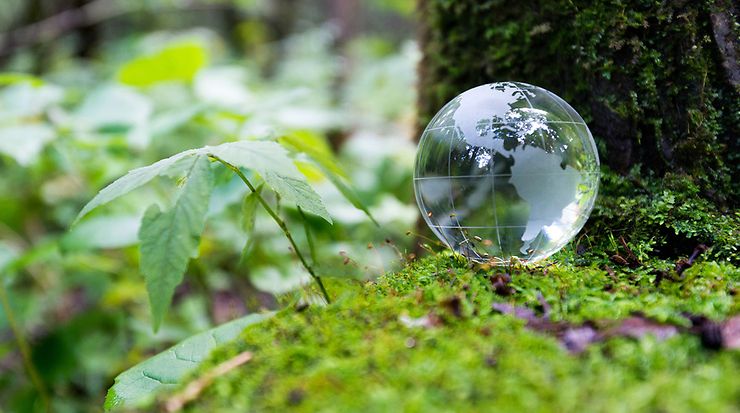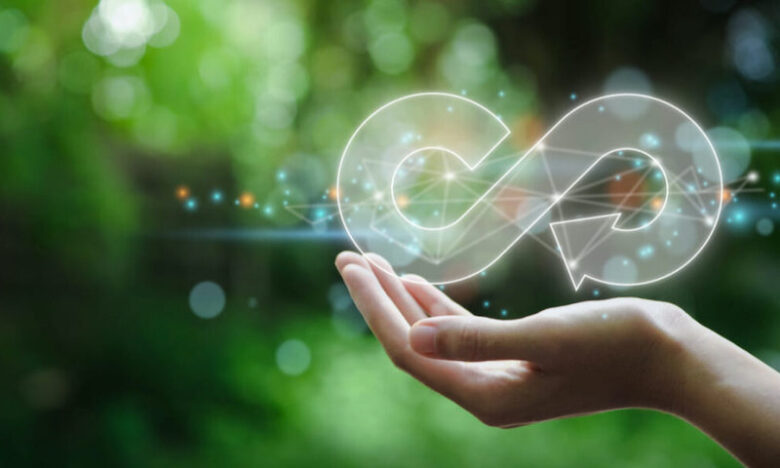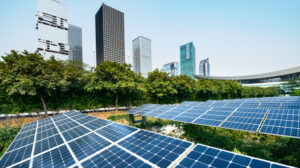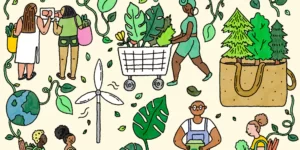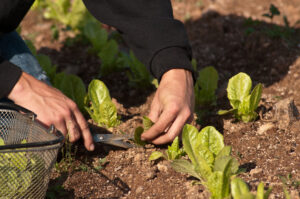Embracing the Circular Economy for a Greener Future
The world is facing pressing challenges due to the excessive use of resources and waste generation. To tackle these issues, we can turn to the concept of the Circular Economy and Resource Efficiency. By adopting this approach, we can create a sustainable and prosperous future for all.
Firstly, let’s understand what Circular Economy means. In a traditional linear economy, we take resources, make products, use them, and then dispose of them as waste. In contrast, the Circular Economy is a smarter way of doing things. It promotes reducing, reusing, and recycling resources to keep them in the loop. This way, we minimize waste and conserve valuable resources for longer periods.
Transitioning to a Circular Economy offers numerous benefits. By reusing materials and products, we reduce the need for energy-intensive production processes. As a result, our carbon footprint decreases, helping to combat climate change.
Moreover, adopting a Circular Economy can foster innovation and job creation. Businesses will need to redesign products and production processes to fit this new model, leading to the emergence of new industries and green technologies. This, in turn, can generate more employment opportunities and economic growth.
Keep reading about, Circular Economy and Resource Efficiency:
It involves using resources wisely to achieve more with less. By being efficient, we can meet our needs while using fewer resources. This means consuming less energy, water, and raw materials, which not only benefits the environment but also saves money.
Transition words like “furthermore” and “additionally” help emphasize the importance of these concepts. Furthermore, Resource Efficiency can also help countries become less dependent on imports, as they can make better use of their available resources. This enhances their economic resilience and strengthens their position in the global market.
Another essential component of the Circular Economy is extending product lifespan. Instead of producing items with a short shelf life, we should design durable and repairable products. When products break, we can fix them, extending their usefulness. This approach reduces waste and encourages a culture of responsible consumption.
In conclusion, the Circular Economy and Resource Efficiency are critical strategies in building a sustainable future. By transitioning from the linear model, we can reduce waste, lower our carbon footprint, and foster economic growth. Through resource efficiency, we can optimize our resource use and create a more resilient and prosperous world. Embracing these principles is not just the responsibility of governments and businesses; as individuals, we can contribute by making conscious choices and supporting products and services that align with these principles.
| Read more about sustainable sources. |
| Learn more sustainability. |
